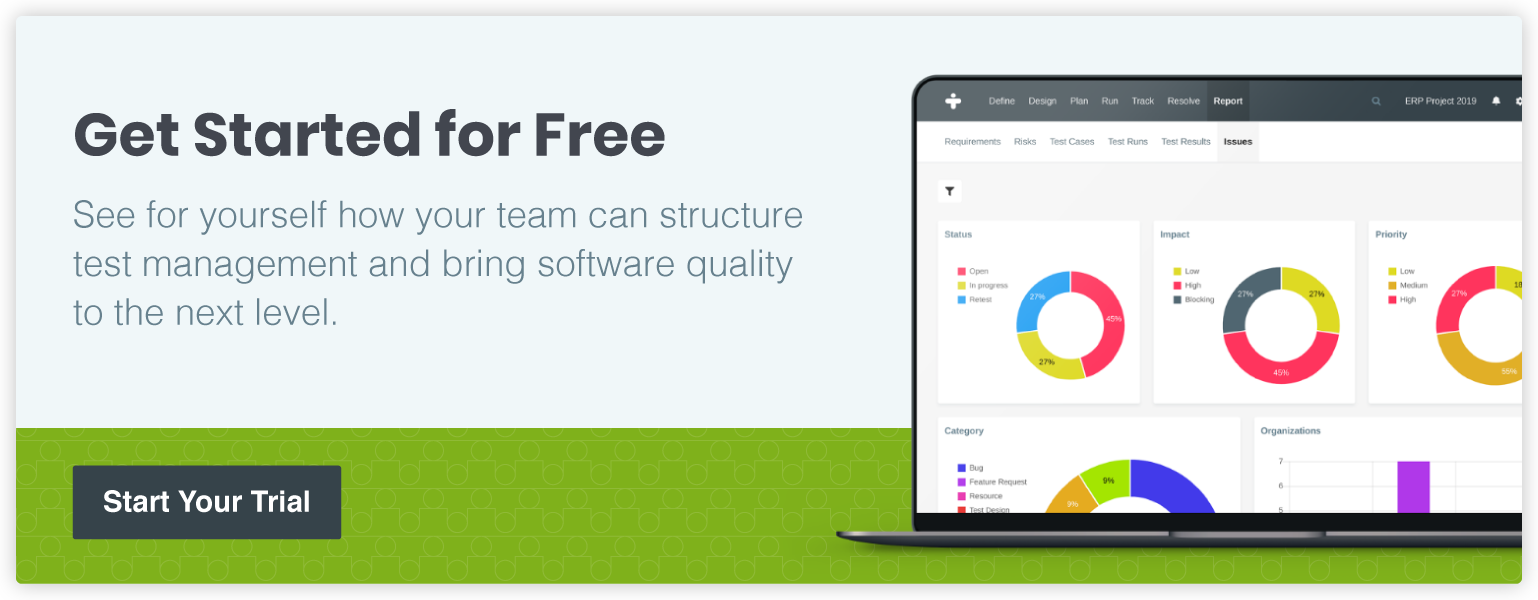The User Acceptance Testing Checklist
User acceptance testing (UAT) helps you save money, time, and frustration by making sure the end users will be happy with your product.
Table of contents
With UAT, real end-users test the usability and functionality of your product. The goal is to decide whether it is ready for production.
It would be best if you managed the UAT testing yourself so you can set out the requirements, develop the test cases, and collect all the results data.
The most important thing you need for UAT is test cases, which provide instructions on how to validate that the software is doing its job and meeting your requirements.
Test cases outline the input data values, the actions to be taken, and the expected results. They are useful in measuring whether user expectations are fulfilled, and they are useful in identifying defects.
The results should be organized in a central place where you can add more test cases and execute test runs. Using Excel to consolidate test results is common but not practical. Excel can be slow, unstructured, complicated, and frustrating, particularly if you have a long-term project.
It's essential to conduct UAT using production data in order to have an environment that reflects the real world as much as possible. The feedback should include data on whether the product meets standards and is fully functional.
The best approach to UAT testing is to break it down into Before Testing, Testing, and After Testing phases and develop a checklist for tasks.
Before Testing
In the Before Testing phase, you should:
- Invest time in designing good test cases: The essential elements of a good test case include a test case name, preconditions, data, attachments, test steps or instructions, and expected results.
- Design test cases with the outcome in mind: You should design only one subject per test case with one result. You should consider which scenarios need to be tested.
- Involve users in approving the test cases and planning the test runs: You should hold meetings with the users to give them an idea of what testing is going to be done and to train them on how to use the product. Users should be involved in planning the test runs because they will make the acceptance decision on whether the product will be produced.
Testing
During the Testing phase, you should:
- Involve a product specialist: If you use an outside specialist to perform one or more of the UAT tasks, they should work with your user testing software and agree to leave the knowledge and work with your organization when they are done.
- Test individually: The testing should be done on an individual basis, so the subjective results can be analyzed and made objective.
- Give clear instructions about describing the results: The instructions should include information about attachments.
- Discuss the results with the testers afterward to ensure clarity: After the testing, you should meet with the testers to make sure their feedback is reflected accurately in the results.
After Testing
In the After Testing phase, you should:
- Take time to analyze the results: You should centralize all the results and analyze the results thoroughly.
- Ensure that conclusions are based on facts: You need to weed out subjective judgments and make sure that your findings are fact-based and not based on emotion.
- Create a separate report with context: You should prepare a report at the end of testing to show what was tested, list the outcomes, and provide the context for the testing beyond including a few graphs.
- Share and discuss the report with those involved: The final UAT report should be distributed to all of the stakeholders to ensure maximum discussion and feedback.
You should develop a UAT sign-off sheet to ensure that all defects are resolved and to indicate that the product is recommended for implementation. The sheet should make clear that the product meets all requirements and is ready to be deployed.
The sign-off form should make clear that you accept the new product as is, take responsibility for changes made in the testing process, verify that all test cases are failed or passed by competent users, and acknowledge that workarounds for specific functions are sufficient.
TestMonitor Can Help
TestMonitor can help you with all aspects of your testing program, including UAT testing.
TestMonitor's test management tool provides an easy-to-use, yet powerful interface built with the needs of project managers and testers in mind.
We put your team in charge with lists of all planned test runs assigned to each team member. We provide a detailed overview of the results for every test run. You can get as much detail as you require on the results for each test case.
Ready to take advantage of all TestMonitor has to offer? Register for a free trial, and let's launch your next amazing project.






